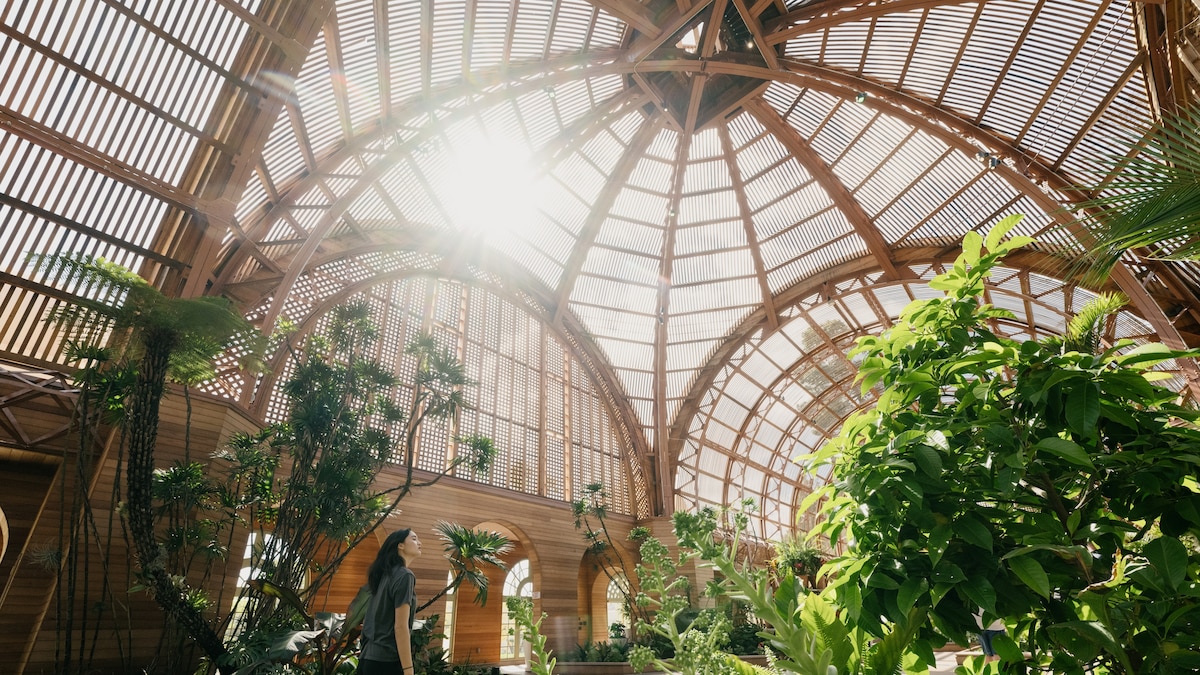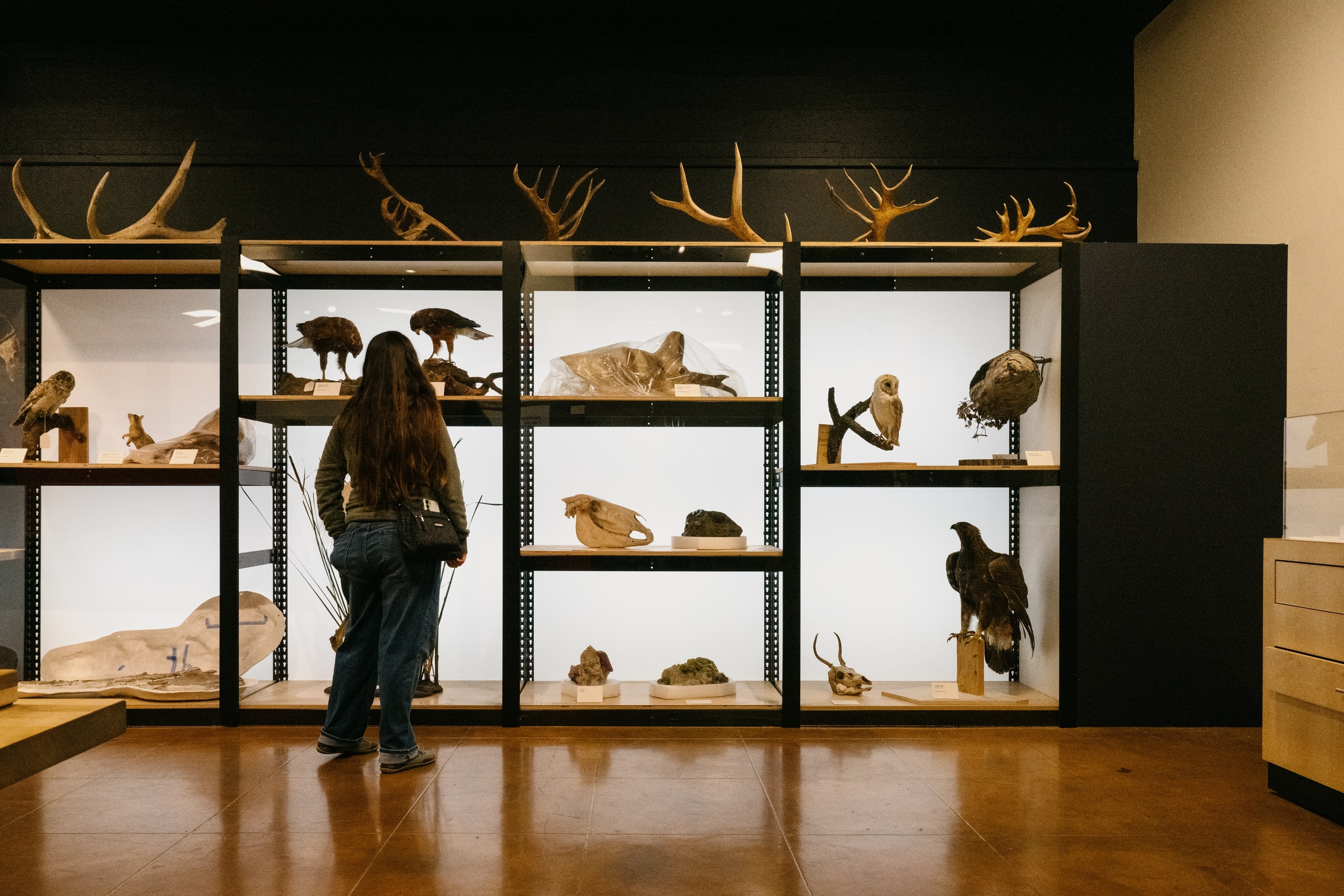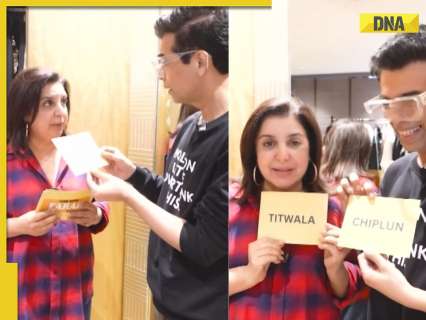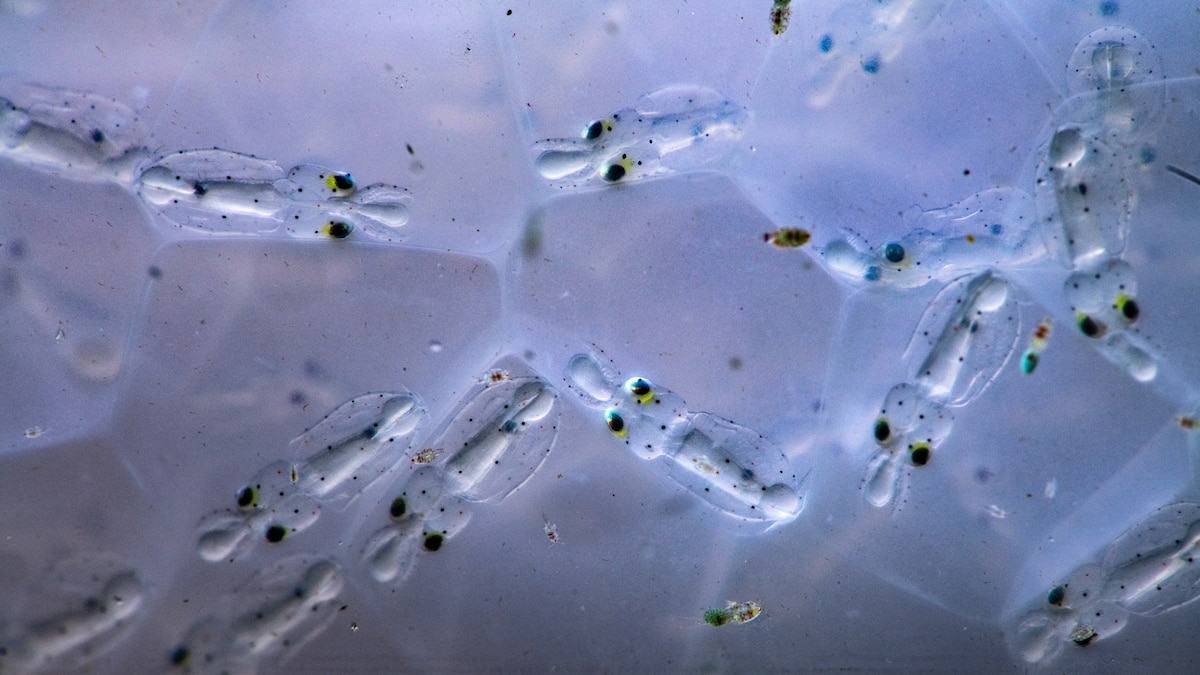Now Reading: Portraits of San Diego
-
01
Portraits of San Diego
Portraits of San Diego

ByHeather Greenwood Davis
Photographs byKiliii Yüyan
National Geographic Photographer Kiliii Yüyan is no stranger to travel, often spending months around the globe to understand the world through storytelling and photography. His adventures have taken him high above the Arctic Circle to the depths of tropical waters, capturing imagery of lionfish and other animals.
On a recent trip to San Diego, California, he took his storytelling prowess across the city to learn more about the culture, green and blue spaces, and community. What he found was that the city’s infectious optimism offered a different kind of thrill.
“It’s really hard not to feel the joy,” Yüyan says of his time in America’s finest city. “It was all around, all the time. I don’t think that sort of unadulterated joy is everywhere.”
From a smiling guitarist in Balboa Park to a child running in and out of the Pacific Ocean at La Jolla Cove, Yüyan encountered San Diegans finding happiness in the simple act of being outside together. Those random interactions, he says, are just as meaningful for visitors who want to connect with the city.


Spontaneity brings its own kind of joy—like pausing for a song in Balboa Park or chasing the tide along San Diego’s endless shore.
“I think my San Diego experience would have been very different if I hadn’t connected with anybody,” says Yüyan, who was trying to capture the cultural hub through his lens. “I’m looking for intimate moments that are real, and there were lots of them to be had.”
Albert Lin and the Joy of Cultural Connection
To better understand the rich historical layers that shape San Diego’s diverse cultural and ecological landscape, Yüyan meets with National Geographic Explorer Albert Lin. A scientist and storyteller, Lin has spent his career uncovering ancient civilizations around the world. Here in Albert’s hometown, he brings that same passion for discovery to help Yüyan connect with the region’s past to its vibrant present.

National Geographic Explorer Albert Lin joins Dr. Stanley Rodriguez, Director of Kumeyaay Community College, at the ancient grinding stones in Mission Gorge—standing on land that carries the stories and traditions of the Kumeyaay people.
“Every year I spend here, I feel like I’m discovering something new,” says Lin.
The city is a cultural hub (almost 700,000 immigrants live here) and remains the most biologically diverse county in the continental United States.
I was really surprised at how diverse the ecosystems were, and also the different kinds of species there were. I just don’t think it’s what you think of when you think about the desert.
Kiliii Yüyan, National Geographic Photographer


Step inside the San Diego Natural History Museum and come face-to-face with a towering megalodon, ancient fossils, and the deep history of the region’s natural world—millions of years preserved under one roof.
Some of that diversity is on display at the San Diego Natural History Museum in Balboa Park. Here, exhibits showcase fossils of prehistoric sea creatures that once swam the waters covering the region, alongside a wealth of native plants and wildlife displays that reflect the county’s varied ecosystems. Lin also introduces Yüyan to the museum’s focus on the area’s deep indigenous roots, including the Kumeyaay tribe, who’ve lived here for over 12,000 years.
In nearby Mission Trails Regional Park, Dr. Stanley Rodriguez, the Director of Kumeyaay Community College, shows how tangible those historic Indigenous connections remain when he takes the duo to well-worn, communal spaces where families ground local acorns into food sources for their families.


The grinding stones in Mission Gorge were once essential tools for the Kumeyaay people, used for grinding acorns and other natural resources, a process that connects generations to the land and its traditions.
“That’s part of the beauty of indigenous knowledge. It’s all about place, and your connections to that place,” he says. “He painted the picture for us, and I can just envision how beautiful that was.”
San Diego’s breadth of diverse ecosystems still encourages community gatherings. Locals often take to these same green spaces for hiking and mountain biking. A reminder that centuries after the first people came through here, the land continues to serve the people who live here today.
Tara Monsod and the Joy of Community
At the open-air Tuna Harbor Dockside Market, Yüyan meets local executive chef Tara Monsod while she speaks with local fishermen and inspects spiny lobsters and uni. It is clear that the two-time James Beard-nominated chef visits for the community connection as much as the fresh, local ingredients themselves.



At Tuna Harbor Dockside Market, the day’s catch comes in fresh from the Pacific—local fishermen offering everything from sea urchin to tuna, right off the boat.
“The camaraderie here, it makes me happy,” says Monsod, who credits time with the fishmongers, farmers, and fellow chefs for her culinary success. “I really enjoy my job. I just feel blessed every day to be able to do that.”
At the restaurants where she is the executive chef, Le Coq and Animae, Monsod mixes cross-cultural influence and local produce that comes from nearby farms. The combination of her culinary training, access to fresh ingredients, and inspiration from the community allows her to play with her food in bold and creative ways that are typically San Diegan, says Yüyan.


In the kitchen, Chef Tara Monsod transforms locally sourced ingredients into a dish that reflects her heritage, the vibrant culture of San Diego, and a sense of optimism rooted in every bite.
“[San Diego is a] place that you can allow your curiosity to roam,” says Yüyan. “There’s a lot of genuine joy and happiness, and people just letting down their hair, willing to be vulnerable in front of each other.”
Rob Machado and the Joy of Natural Spaces
At La Jolla Shores, Yüyan connects with environmentalist and former professional surfer, Rob Machado. Fans–young, old, and new–bashfully approach the icon and are met with warm hugs and a wide smile. Community connection is at the heart of his passion, says Machado, who works with two charities, the Rob Machado Foundation and Challenged Athletes Foundation, to help others find the joy that surfing in San Diego has given to him, and to foster a love for the land. His work with the Challenged Athletes Foundation empowers differently abled youth to embrace surfing.



Pro surfer Rob Machado joins surfers from the Challenged Athletes Foundation in the water, where the ocean offers healing, empowerment, and a reflection of San Diego’s deep-rooted culture of joy and inclusion.
“For me, sharing the stoke of surfing is the greatest gift to give someone,” says Machado.
You May Also Like
Machado’s joy was palpable, says Yuyan, who spent time watching Machado interact with the young athletes.
“The joy on Rob’s face. [He’s] so, so proud of them. It’s so pure,” says Yüyan. This connection between Rob and the athletes, along with the way surfing integrates mind, body, and soul, is a reflection of how so many San Diegans approach life—living with presence and joy.

Surfing blends mind, body, and soul—a reflection of San Diego’s way of life, rooted in presence and joy.
You just can’t not be in the moment. You’re forced to be. The ocean does that for you.
Rob Machado, Pro Surfer and Environmentalist
Whether in its parks, on its shores, or in its kitchens, Yüyan found the people of San Diego have captured the unique ability to be fully present in their joy. And visitors who want in on the action are welcome.

San Diego’s green spaces, like the Botanical Building in Balboa Park, offer a quiet refuge in the city—places where nature, beauty, and calm contribute to a deeper sense of everyday joy.
“San Diego makes me optimistic,” says Yüyan. “This is a place where people can live, work, play, and feel like a community. You rarely see that in any large place in a big city, and it helps you see the world a little differently.”
Funded In Part With City Of San Diego Tourism Marketing District Assessment Funds.























